Central Switzerland
The cantons surrounding the Lake of Lucerne are celebrated as the cradle of Swiss democracy. Wood predominated in Central Switzerland as a building material. The buildings were almost always of squared timber construction. Multipurpose houses are rare: usually a house, a barn and a granary stood separately.
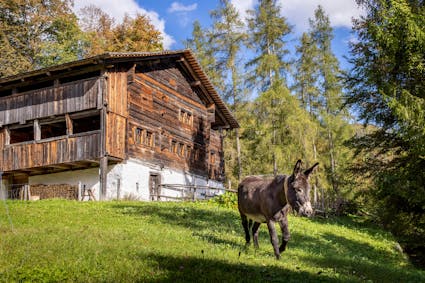
Centre of Switzerland
The cantons surrounding the Lake of Lucerne are celebrated as the cradle of Swiss democracy. At the start of the Middle Ages field farming was predominant – the big landowners exacted a tribute from the peasant’s grain harvest. As political federations were formed in the 13th and 14th centuries, economic structures also changed: tedious field farming gave way to animal husbandry and dairy farming, i.e. cheesemaking. Central Switzerland evolved into one of the characteristic livestock regions.
Dinosaur Buildings
A series of wooden buildings that hail back to the beginnings of gestating Switzerland have survived in Central Switzerland. We have one of them in the Ballenberg Open-Air Museum, the 1336 house from Schwyz (751). It embodies the antiquated type of Central Swiss house with a squat “Tätschdach” roof, lateral galleries and small apertures for doors and windows. Sheltering rooflets over the window rows only came into fashion in the 16th century, so-called Klebdächer (stuck-on). The modish urbanity of high and steep gable roofs spread through Central Switzerland in the course of the 18th century.
Features of a Housing Landscape
Wood predominated in Central Switzerland as a building material. The buildings were almost always of squared timber construction. Multipurpose houses are rare: usually a house, a barn and a granary stood separately. The type of construction and the degree of separation among the various building types did not change much between the late Middle Ages and the 19th century. Heavy timber construction was especially successful in Central Switzerland, having lasted over a period of half a century.
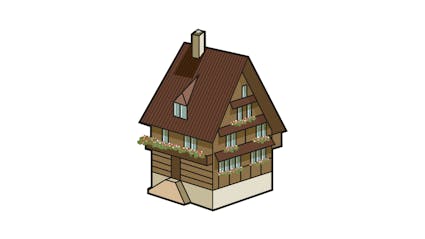

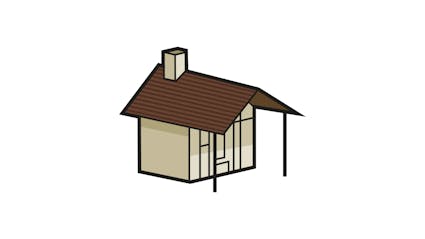
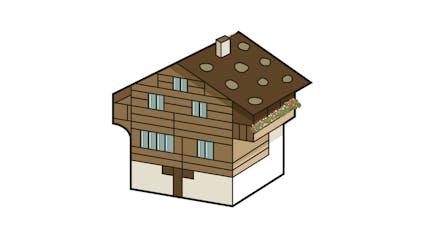


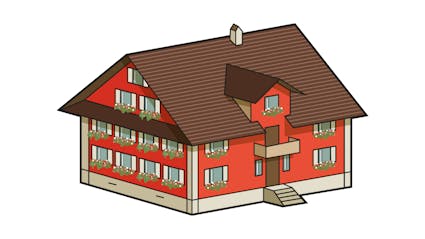
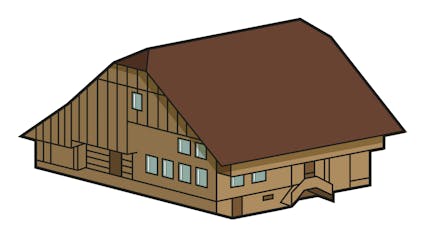
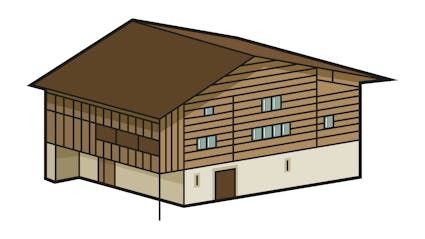
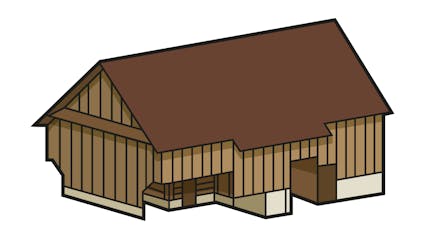
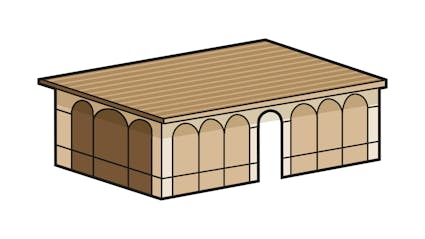
Ballenberg
Swiss Open-Air Museum
Museumsstrasse 100
CH-3858 Hofstetten bei Brienz
Opening hours
11 April to 27 October 2024
10 am to 5 pm daily